Choosing Suppliers: Selection and Evaluation
Course Purpose Distinguishing between centralised and decentralised procurement, analysing the components and application of total cost of ownership (TCO) principles. What you’ll learn Distinguishing between centralised and decentralised procurement, analysing the components and application of total cost of ownership (TCO) …
Overview
Course Purpose
Distinguishing between centralised and decentralised procurement, analysing the components and application of total cost of ownership (TCO) principles.
What you’ll learn
Distinguishing between centralised and decentralised procurement, analysing the components and application of total cost of ownership (TCO) principles, conducting a supply market analysis, and identifying the process of selecting and evaluating suppliers are key considerations in effective procurement and supplier management..
 Duration: 1 Day
Duration: 1 Day
Featured Course
Change management
Course Curriculum
Curriculum
Curriculum
- 4 Sections
- 21 Lessons
- 1 Day
- Unit 1: Specify the difference between centralised and decentralised procurementASSESSMENT CRITERIA4
- 1.1The differences between centralised and decentralised procurement are reflected through a flow diagram of both approaches
- 1.2The advantages/disadvantages of both centralised and decentralised procurement are listed to reflect their impact on supply chain
- 1.3The different circumstances under which to purchase centrally and decentralily are indicated
- 1.4Centralised and decentralised procurement are analysed in relation to their impact on supply chain management.
- Unit 2: Analyse the components and application of total cost of ownership (TCO) principlesASSESSMENT CRITERIA6
- 1.1The TCO philosophy and principles are analysed to understand the true cost of doing business with a supplier, going well beyond price
- 1.2Purchasing prices are analysed to reflect its influence on TCO
- 1.3The process of purchasing cost analysis is analysed in order to reflect the cost elements
- 1.4Potential areas of cost inefficiencies are evaluated to determine the effect on the bottom line and where spend can be optimised
- 1.5Cost drivers are analysed to determine their impact on the TCO
- 1.6Process recommendations are made that relate to sourcing in terms of TCO.
- Unit 3: Conduct a supply market analysisASSESSMENT CRITERIA4
- 1.1Supply market conditions are assessed to determine market segmentation that informs the sourcing strategy
- 1.2Company spending is categorised in different supply market conditions
- 1.3A model to do an industry/supply market analysis is used resulting in a sourcing strategy
- 1.4The types of buyer-supplier relationships are evaluated to inform strategies for growing customer value and profitability.
- Unit 4: Identify and analyse the process of selecting and evaluating suppliersASSESSMENT CRITERIA7
- 1.1The characteristics of a good supplier are assessed to determine their suitability against business needs and buyer specification
- 1.2Sources of information for finding suppliers are determined using a variety of resources including supplier/buyer matching systems
- 1.3A systematic process to select the right supplier is analysed for its capability to deliver against business and market needs
- 1.4Various sourcing policies are evaluated to reflect their influence on the selection of suppliers
- 1.5Various methods are used to evaluate the performance of suppliers
- 1.6Key performance areas are identified for the evaluation of suppliers’ performance
- 1.7Areas of ongoing development of suppliers are identified in order to create value for money and an awareness of the interdependency of the relationship.
Requirements
- Grade 12
- NQF Level 4







